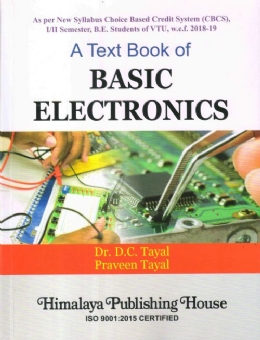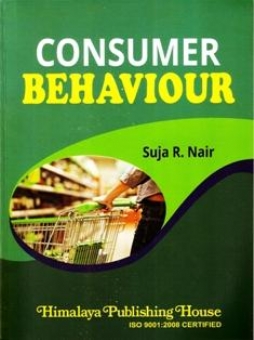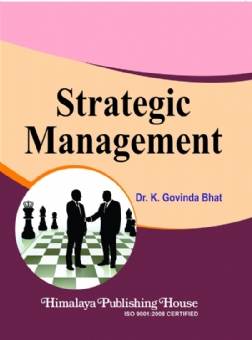This book “A Text Book of Basic Electronics” has been written according to the latest revised curriculum of Visvesvaraya Technological University, a State University of Karnatak State, under CBCS scheme, w.e.f. 2018-2019, for the I/II semester B.E. students. The subject matter has been woven in such a systematic manner that the students / readers may easily understand the basic concepts of the Electronic Circuits and their designing.
To check the knowledge and understanding of the subject, a large number of concept type of exercises and short answer questions have been placed at the end of each chapter. The problems and long answer type of questions based on the subject discussed are also given for practice purposes. As a figure speaks thousand times, the theory and concepts are explained with a neat circuit diagrams and characteristic curves.
The whole matter has been divided in eight chapters. The chapter first deals with the Basic semiconductor theory and p-n junction. The junction diode and zener diode, their theory and characteristics are discussed in details. The chapter second presents the diode rectifiers and filter circuits. The topics such as Photo-diode, LED, and Photo coupler or Opto-Electronics are given due weightage. A detailed study of IC Voltage regulators has been given at the end of this chapter.
The chapter third deals with the Field Effect Transistors (JFETs and MOSFETs), their construction, parameters and characteristics. Silicon-controlled Rectifier, its characteristics and applications as a switch and phase control are discussed in details. The chapter fourth consists of the Operational Amplifiers, their configurations and characteristics along with a few applications, such as inverting, non-inverting amplifiers, summer, voltage follower, integrator, differentiator and comparator.
The chapter fifth consists of the theory of transistor biasing and transistor amplifiers, the emphasis has been given to the applications of transistor as a switch to switch ON/OFF LED and lamp in a power circuit using relay. The theory of feedback, the feedback amplifiers and various useful oscillators (RC-phase shift and Wien Bridge) are given in details in chapter sixth. IC 555 timer and its application as astable and mono-stable multi-vibrators are also given with some working exercises at the end of this chapter.
The chapter seventh on Digital Electronics Fundamentals consists of Number systems, Binary arithmetic, Logic gates, Universal gates, Implementation of logic functions, Arithmetical circuits, Half and Full Adders, Decoder and Encoders, Multiplexers and De-multiplexers, Flip-flop circuits, Shift Registers, Ripple Counters. A large number of exercises (solved and unsolved) are given for the realization of various digital circuits using universal gates. Chapter eighth deals with the basic concepts of communication systems, along with the functions of modulation, demodulation, transmitters and receivers. The principle of operations of Mobile has been given a good space to know its working.
Contents –
1. Semiconductor Diodes
2. Voltage Rectification and Regulation
3. Field Effect Transistors and SCR
4. Operational Amplifiers and Applications
5. BJT Applications
6. Feedback Amplifiers and Oscillators
7. Digital Electronics – Fundamentals
8. Basic Communication System
Appendix 1 : Standard Value Resistors and Capacitors
Appendix 2 : IC Logic Gates Circuits
Index







